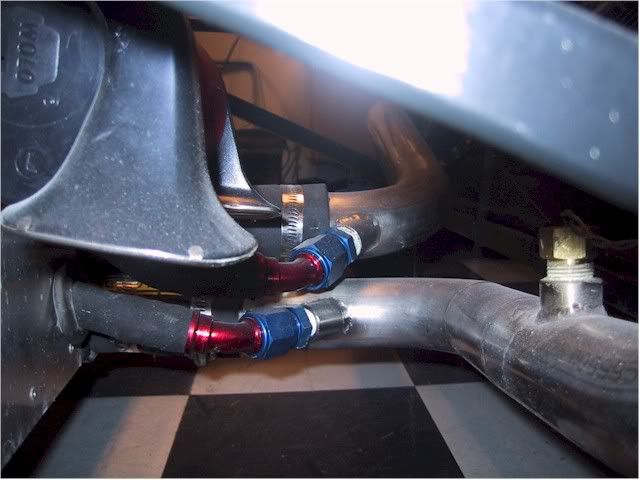Does anyone want to share any of their wisdom / pictures in how the connected their heater cores to their cooling system?
In particular - I'm interested in those setups that used remote electric water pumps.
My plan (for now) is to add a draw port to the inlet side of the water pump (mounted just behind the radiator) and a heater feed port to the line (1.5" hose) that carries hot coolant to the radiator.
Please pardon the tape/insulation mockup of major cooling lines. Note - Heater lines not yet in this picture;


In particular - I'm interested in those setups that used remote electric water pumps.
My plan (for now) is to add a draw port to the inlet side of the water pump (mounted just behind the radiator) and a heater feed port to the line (1.5" hose) that carries hot coolant to the radiator.
Please pardon the tape/insulation mockup of major cooling lines. Note - Heater lines not yet in this picture;


Last edited:




